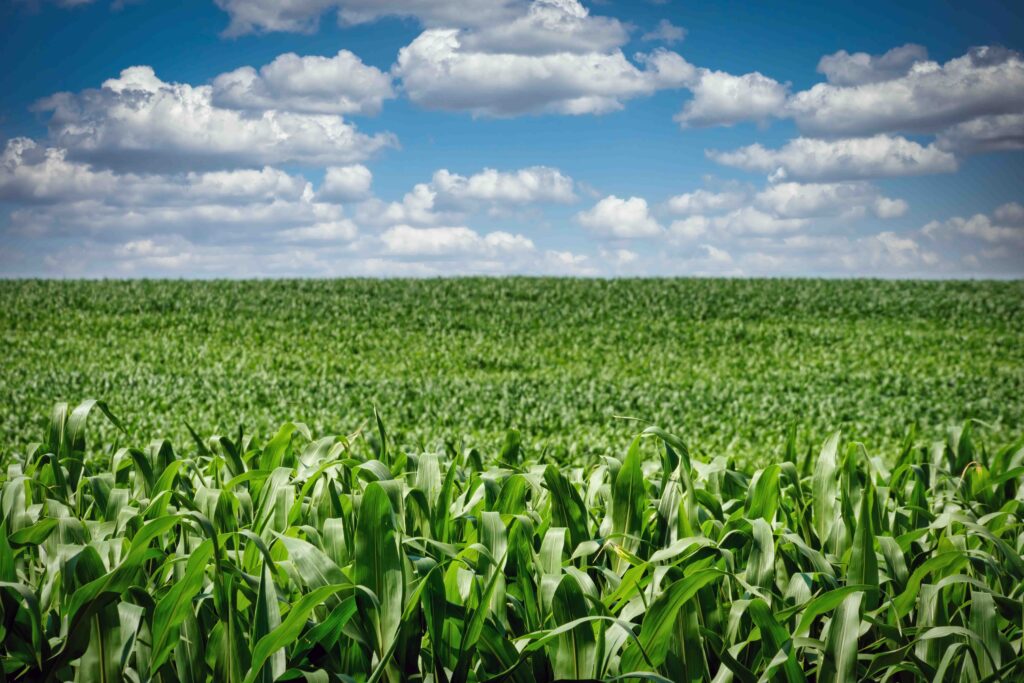Reviewers
Yingxin Tan, Graduate Research Assistant, Purdue University; Dr. Valerie Kilders, Assistant Professor, Purdue University
Article
Diversification and resilience of firms in the agrifood supply chain by Andrew W. Stevens and Jim Teal
Source
Stevens, A. W., & Teal, J. (2023). Diversification and resilience of firms in the agrifood supply chain. American Journal of Agricultural Economics, 106(2), 739–778. https://doi.org/10.1111/ajae.12398
Summary
In challenging times, businesses often wonder: Are we spreading ourselves too thin? Diversification is a double-edged sword – it spreads risk across various investments or markets but can also dilute potential gains and complicate management and strategic focus. This leaves firms facing a dilemma: Should they diversify across different market segments to hedge against uncertainties, or should they expand into multidimensional businesses, even if it sacrifices efficiency? Both options come with their own set of drawbacks and benefits.
Stevens and Teal’s paper tackles just these questions by exploring whether expanding business activities helped firms withstand the challenging market conditions post COVID-19. Specifically, they target small- and medium-sized enterprises (SME) (less than $5 million in sales per year) in the U.S. food and agriculture sector and examine two types of diversification within firms:
- Horizontal Diversification: Adding new food and agriculture products or services similar to those already offered within each supply chain segment.
- Vertical Diversification: Expanding control over more stages of production and distribution, including agricultural production, processing or manufacturing, grocery wholesaling, food retailing, and restaurant dining.
Critically, the authors find that firms with higher levels of horizontal diversification are less likely to shut down, lay off employees, or experience labor shortages than horizontally specialized firms when exposed to a significant market shock, such as the COVID-19 pandemic.
What does this mean for food and agribusiness?
USDA and U.S. Census Bureau data reveal that SMEs are the backbone of the U.S. food and agriculture sector. As these businesses chart their growth trajectories, they can significantly benefit from the insights provided by Stevens and Teal. Particularly valuable is the study’s quantification of failure rates during the COVID-19 pandemic across the two diversification paths. This empirical evidence serves as a practical tool for these firms, enabling them to incorporate a more objective assessment of diversification tactics into their strategic planning. By understanding the risks and benefits associated with each path, SMEs can make more informed decisions that align with their long-term business goals.
However, it needs to be noted that diversification is not a unidimensional concept. It presents not only opportunities for business growth but also obstacles and inefficiency. Ultimately, the decision to diversify should be driven by a clear strategic vision and a deep understanding of both the market and the firm’s capabilities. The findings by Stevens and Teal offer a framework for understanding how diversification can serve as a mechanism for risk mitigation during turbulent times. However, firms must weigh these benefits against the potential for increased complexity and reduced focus on core competencies. Making informed decisions in this regard is crucial, as it ensures that the growth trajectory of the business aligns with market realities and future prospects.




